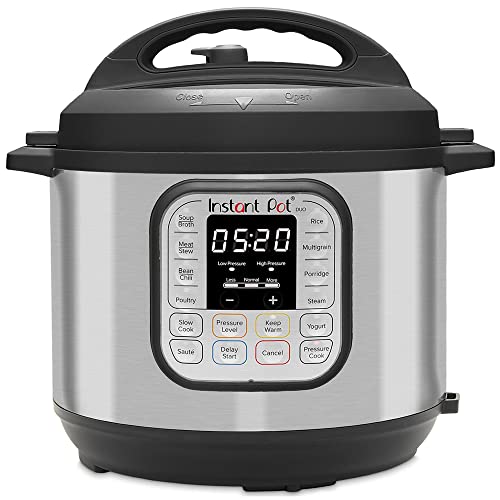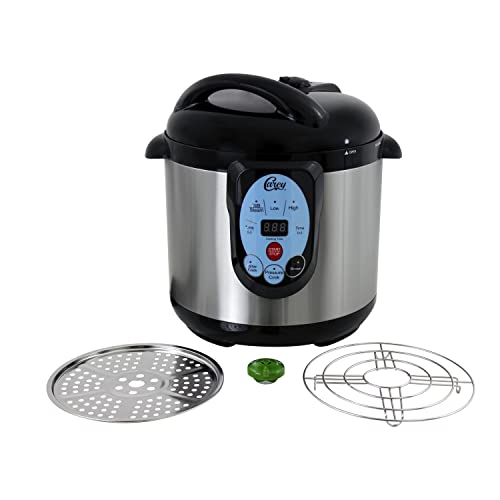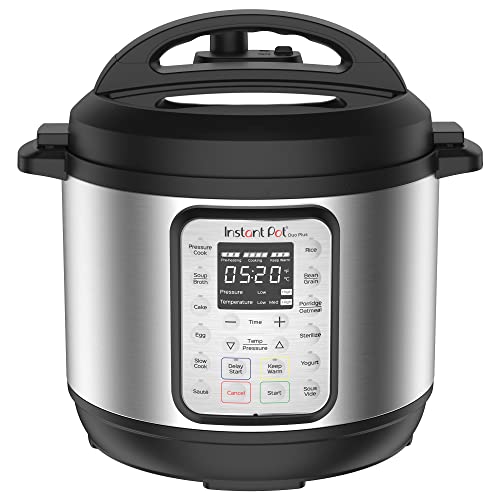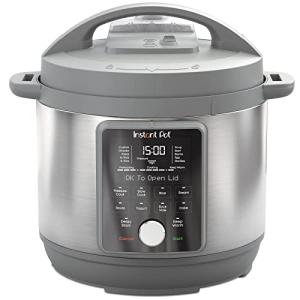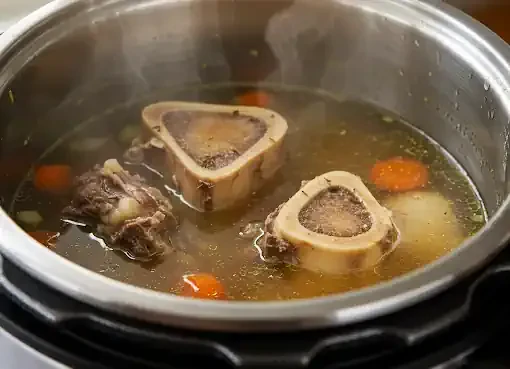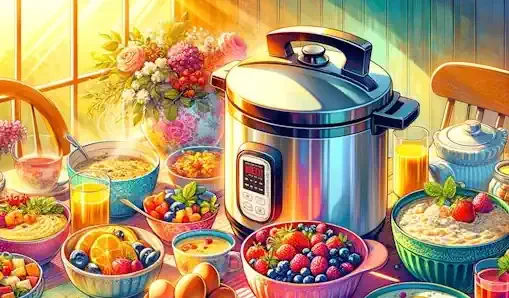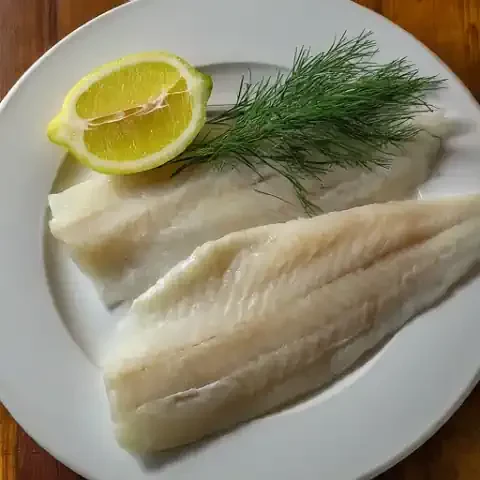Cooking enthusiasts, have you ever wondered how to harness the full potential of your pressure cooker beyond just tenderizing meats and speeding up your stews? Let's dive into the art of sautéing in a pressure cooker, a technique that can elevate your dishes with rich flavors and textures.
The Sauté Setting: Your Secret Weapon
Most modern pressure cookers come with a sauté function, designed to mimic the frying or sautéing process on a stovetop. This feature allows you to brown meats, soften vegetables, or thicken sauces before or after pressure cooking, adding layers of flavor to your dishes.
Why Sauté in a Pressure Cooker?
Efficiency: Combining sautéing and pressure cooking in one pot reduces cooking time and keeps your kitchen cooler.
Flavor Development: Sautéing ingredients like onions, garlic, and spices before pressure cooking helps to release their natural oils and aromas, infusing your dishes with deeper flavors.
One-Pot Cooking: This method minimizes cleanup and simplifies your cooking process.
Step-by-Step Guide to Sautéing in a Pressure Cooker
Preparation: Start by chopping your ingredients. Uniform sizes ensure even cooking.
Heat it Up: Turn on the sauté function. Wait until the cooker indicates it's hot enough – usually, a light will turn on or it will beep.
Add Oil or Butter: A little fat goes a long way in preventing sticking and adds flavor.
Sauté Your Ingredients: Add your ingredients. Begin with aromatics like onions or garlic, followed by vegetables, then proteins. Stir occasionally to prevent burning.
Deglazing: After sautéing, pour in a little liquid (like broth or wine) and scrape the bottom of the pot to lift any browned bits. This step is crucial for flavor and prevents burn alerts during pressure cooking.
Pressure Cooking: If continuing with pressure cooking, add the rest of your ingredients and liquids, then proceed as usual.
Pro Tips:
Temperature Control: Keep an eye on the heat. Unlike stovetops, you can't adjust the temperature during sautéing in a pressure cooker. If things get too hot, temporarily remove the pot from the base.
Avoid Overcrowding: Give your ingredients space to brown rather than steam.
Timing is Key: Sautéing too long can lead to burning, while too short may result in underdeveloped flavors.
Recipe Ideas:
Sautéed Garlic Shrimp: Begin by sautéing garlic and shrimp, then pressure cook with tomatoes and herbs for a quick, flavorful meal.
Rich Beef Stew: Brown beef chunks before adding vegetables and broth for a deep, complex flavor profile.
Spiced Lentil Soup: Start with onions, carrots, and spices, then add lentils and broth for a hearty, aromatic soup.
With these tips and techniques, you can transform your pressure cooker into a versatile tool that does more than just cook under pressure. It's a gateway to richer, more flavorful dishes that are sure to impress. So, why wait? Start experimenting and share your delicious creations!

